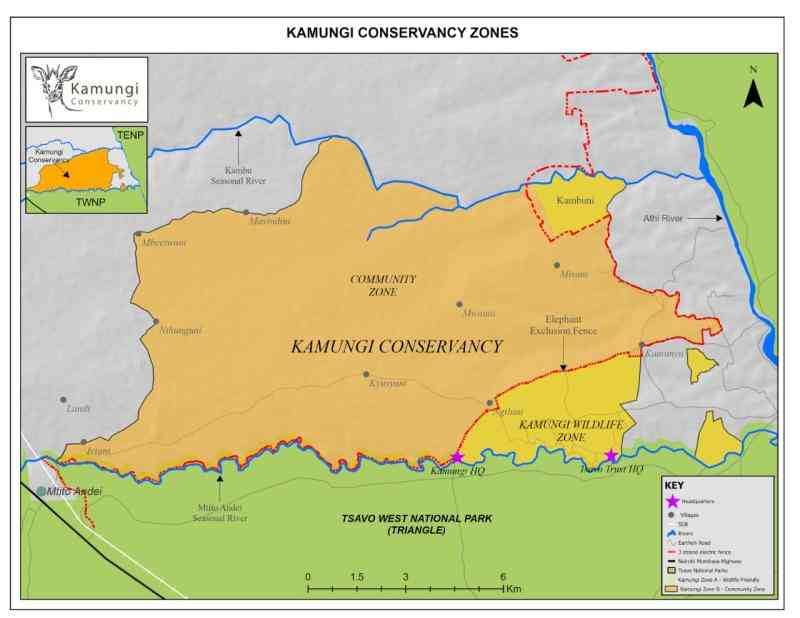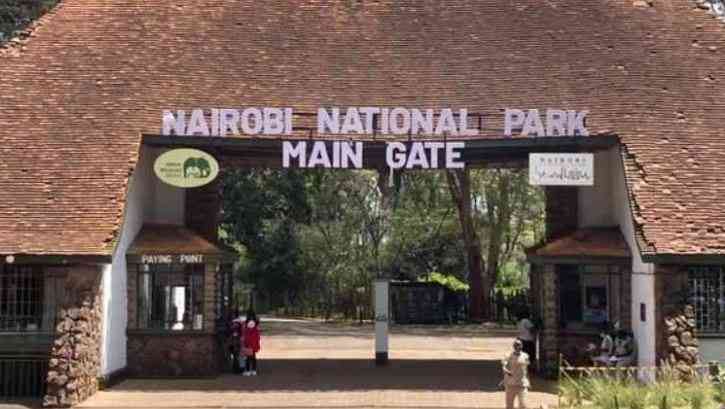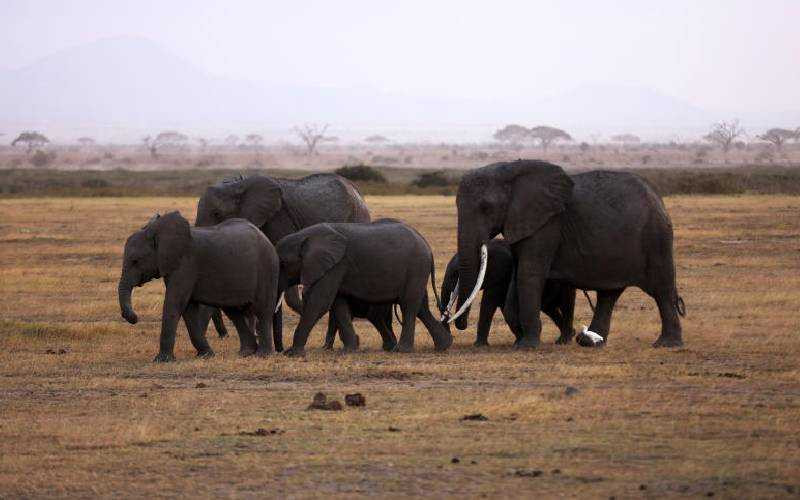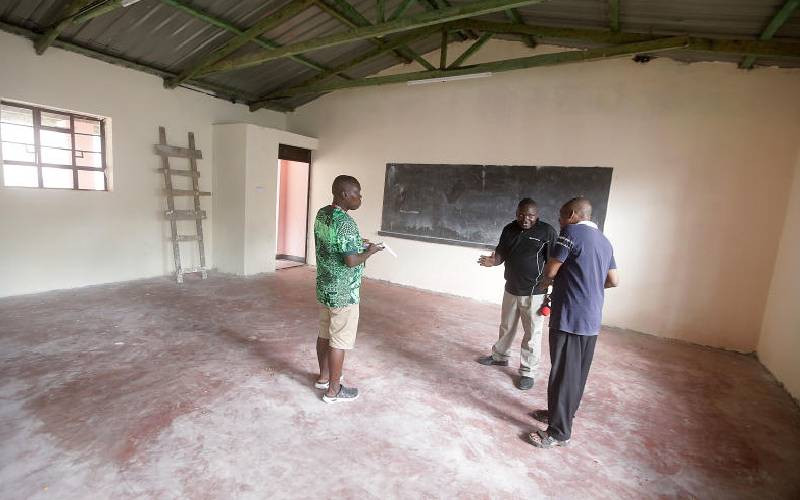Fencing of three forests in Meru and Tharaka-Nithi counties has reduced human-wildlife conflicts by 99 per cent since 2015, a report has revealed.
The report resulted from a survey conducted by Upper Tana Natural Resources Management Project to establish the impact of the 60-kilometre fence covering Chuka, Chogoria and Rithumbi, which are part of the 2,000 square kilometres of forests surrounding Mt Kenya.
The Sh150 million stretch of fence constructed by Rhino Ark is part of the electric fence expected to cover 450 kilometres in Mt Kenya to reduce the human-wildlife conflicts.
The survey of the initial 60 kilometres revealed that between 2004 and 2014, 1,174 cases of human-wildlife conflicts were recorded in the three regions, costing Sh67,056,035 in compensation claims. Between 2015 and 2019, however, the cases dropped to 12, amounting to Sh246,500 in compensation claims.
“The total costs associated with human death, human injury, damage to property and crops went down from Sh67 million (2004-2014) translating into Sh6.7 million annually before the fence to Sh246,500 (2015-2018), which translated to Sh61,625 annually, representing a 99 per cent reduction,” the report said.
The human deaths in fenced areas dropped from an average of one annually between 2007 and 2014 to zero. Human injuries also reduced from one annually to zero, while livestock predation by leopards, lions, and hyenas dropped by 80 per cent from an average of about 10 per year to two.
Conflicts between people and wildlife, the report said, ranked among the main threats to conservation in Kenya. Current cases of predation within the three forests are as a result of predation of livestock by leopards who jump over the fence, said the report.
Illegal logging, the report revealed, has also reduced with Rithumbi forest station currently reporting between one and two cases a month down from 13 cases a month before erection of the fence. This is 86 per cent reduction.
The report also noted that the value of the land appreciated upon fencing, with an average appreciation of 86 per cent from an average of Sh917,000 per acre in 2004 to Sh1,703,421 per acre in 2018.
However, the report says the fencing has blocked wildlife migratory routes and disrupted gene.
 The Standard Group Plc is a
multi-media organization with investments in media platforms spanning newspaper
print operations, television, radio broadcasting, digital and online services. The
Standard Group is recognized as a leading multi-media house in Kenya with a key
influence in matters of national and international interest.
The Standard Group Plc is a
multi-media organization with investments in media platforms spanning newspaper
print operations, television, radio broadcasting, digital and online services. The
Standard Group is recognized as a leading multi-media house in Kenya with a key
influence in matters of national and international interest.
 The Standard Group Plc is a
multi-media organization with investments in media platforms spanning newspaper
print operations, television, radio broadcasting, digital and online services. The
Standard Group is recognized as a leading multi-media house in Kenya with a key
influence in matters of national and international interest.
The Standard Group Plc is a
multi-media organization with investments in media platforms spanning newspaper
print operations, television, radio broadcasting, digital and online services. The
Standard Group is recognized as a leading multi-media house in Kenya with a key
influence in matters of national and international interest.









